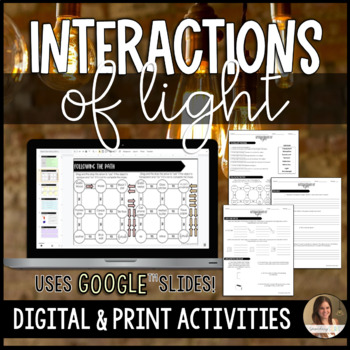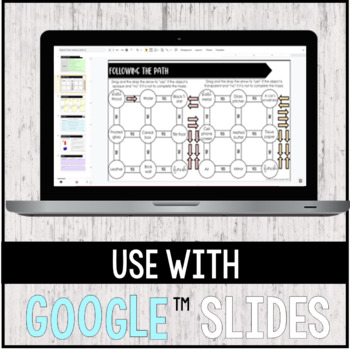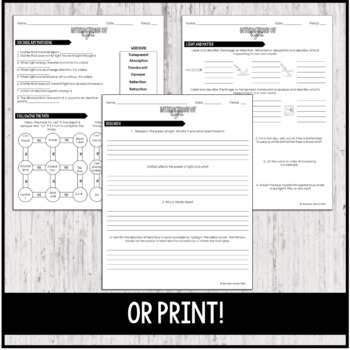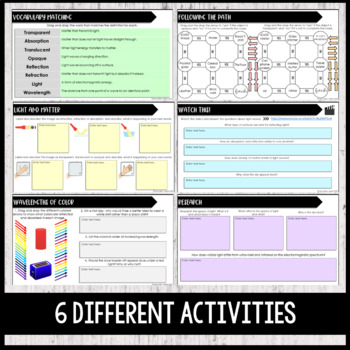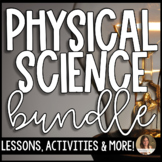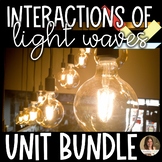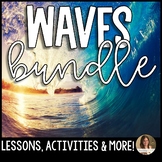Interactions of Light Waves Activities - Digital Google Slides™ & Print
- PDF
- Google Apps™
- Internet Activities

Also included in
- Save over 20% with this resource that includes all of my physical science activities including PowerPoints, Guided Notes, Assessments, Warm Ups, Self-Grading Task Cards, Choice Boards, Interactive science notebook Google Slides and Print Activities, Labs, Stations activities, project-based learningPrice $266.00Original Price $332.50Save $66.50
- This is a bundle of print and digital science interactive notebook resources that use Google Slides for a middle school physical science class. There are 6-7 interactive activities for each unit including matter, energy, force and motion. The activities vary depending on the unit. A video preview isPrice $41.60Original Price $52.00Save $10.40
- This light waves bundles includes many activities for a light waves unit in your physical science classroom including a PowerPoint lesson, guided notes, assessment, warm ups, self-grading task cards, choice board, digital activities and any of my future activities for light waves will be included. APrice $17.60Original Price $22.00Save $4.40
- This properties of waves unit bundle includes many activities for a wave properties unit in your physical science classroom covering wave properties, light waves and electromagnetic spectrum. Activities include PowerPoint lessons, guided notes, assessments, warm ups, task cards, choice boards, digitPrice $58.80Original Price $73.50Save $14.70
- This bundle contains print and digital interactive science notebook resources that use Google Slides for middle school science. There are 6-10 interactive activities in each resource to review middle school science topics in Earth/Space, Life Science, and Physical Science.Use these activities for:SuPrice $122.20Original Price $152.75Save $30.55
Description
This is a print and digital interactive science notebook resource that uses Google Slides to review light waves. There are 6 interactive activities related to light wave interactions such as transparent, translucent, opaque, reflection, refraction and absorption. These activities are perfect for a physical science class with no prep! Perfect for online learning or in-person instruction.
Use these activities for:
- Sub Plans
- Test Prep (Florida SSA, Texas STAAR, NGSS)
- Online Learning
- Homework
- Independent review
- Stations
- Interactive Notebook Activity
- Early Finishers
Students will practice vocabulary skills, make real-world connections, research independently, understand visual representations and review concepts.
The activities include either drag and drop or short answer text. Watch the preview video to get a better idea of how each slide works.
The slides and print version are not editable. An answer key is included in the PDF as well as the Google Slides link.
Content covered:
⭐Transparent, translucent, opaque
⭐Reflection, refraction and absorption
⭐What determines the color we see?
⭐Wavelength
Related Products
• Interactions of Light Waves Choice Board
• Interactions of Light Waves Editable PowerPoint Guided Notes and Assessment
• Interactions of Light Waves Editable Task Cards
• Interactions of Light Waves Editable Warm Ups

